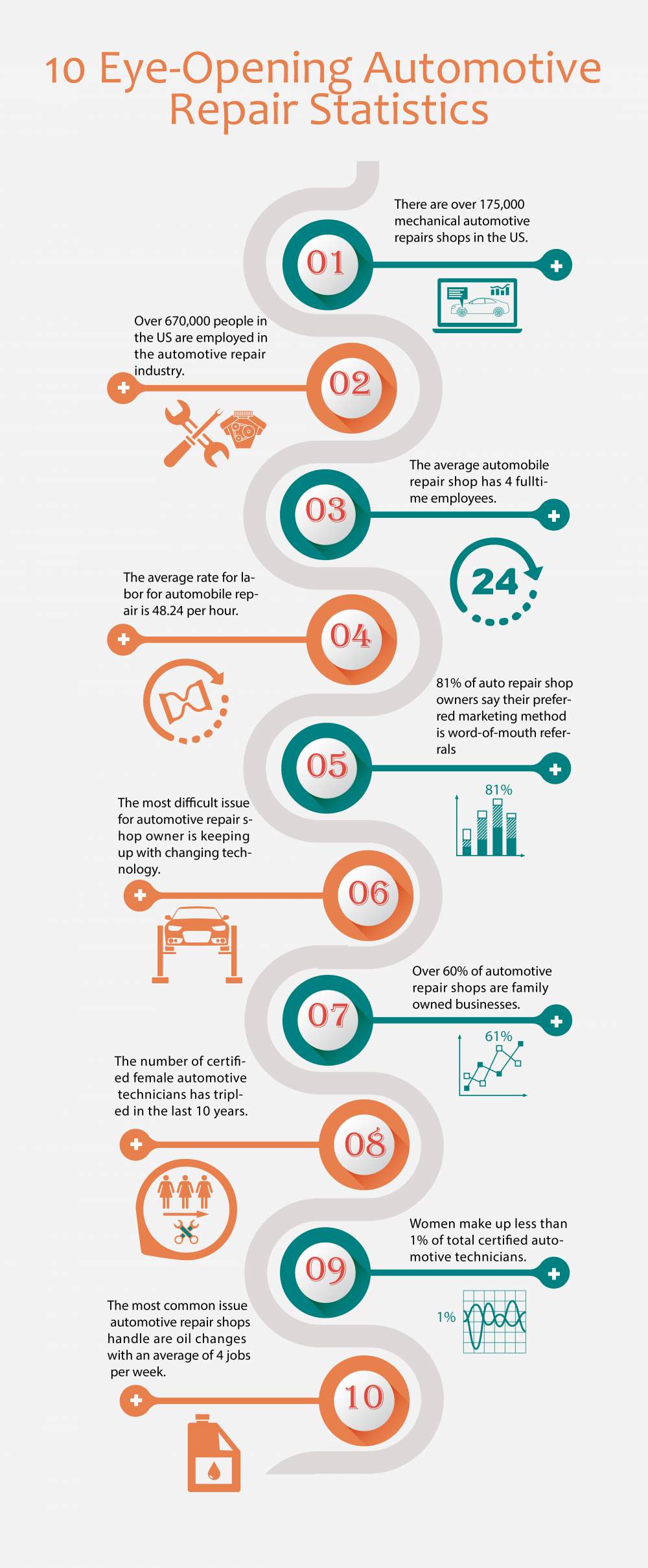Decoding Your Lorry'S Caution Indicators: What They Really Represent
Decoding Your Lorry'S Caution Indicators: What They Really Represent
Blog Article
Web Content Author-Higgins Gilbert
When you're behind the wheel, those beautiful caution lights on your control panel can be a little bit perplexing. Do car interior cleaner understand what they're attempting to inform you regarding your automobile's health and wellness? Recognizing the value of these lights is vital for your safety and security and the long life of your automobile. So, the next time among those lights turns up, would not you intend to understand its message properly and take the essential actions to address it?
Common Caution Lighting and Interpretations
Recognize usual caution lights in your car and recognize their significances to ensure safe driving.
The most common warning lights consist of the check engine light, which indicates problems with the engine or exhausts system. If this light begins, it's important to have your automobile inspected without delay.
The oil pressure cautioning light shows low oil pressure, needing immediate attention to avoid engine damages.
click the up coming website page blinking battery light may suggest a malfunctioning billing system, potentially leaving you stranded otherwise attended to.
The tire stress surveillance system (TPMS) light signals you to reduced tire stress, impacting automobile stability and gas effectiveness. Ignoring this might lead to harmful driving conditions.
The abdominal muscle light shows a problem with the anti-lock braking system, endangering your ability to quit promptly in emergencies.
Lastly, the coolant temperature warning light warns of engine getting too hot, which can result in extreme damages otherwise fixed quickly.
Recognizing https://cheapoilchangenearme29506.blogitright.com/30378442/the-development-of-car-describing-trick-trends-and-advancements-to-monitor will certainly aid you resolve problems quickly and keep secure driving conditions.
Relevance of Prompt Focus
Understanding the usual caution lights in your auto is just the first step; the importance of without delay dealing with these warnings can't be highlighted sufficient to guarantee your safety and security when driving.
When a warning light illuminates on your control panel, it's your automobile's means of connecting a potential problem that needs interest. Ignoring these cautions can bring about much more severe troubles down the road, jeopardizing your safety and security and potentially costing you extra in repairs.
Trigger attention to cautioning lights can protect against breakdowns and accidents. As an example, a blinking check engine light can show a misfire that, if left ignored, might cause damage to the catalytic converter. Addressing this promptly can save you from a pricey repair.
Similarly, a brake system advising light may indicate low brake liquid or worn brake pads, critical components for your safety when driving.
DIY Troubleshooting Tips
If you discover a warning light on your control panel, there are a couple of DIY repairing suggestions you can attempt prior to looking for expert assistance.
The first step is to consult your cars and truck's handbook to understand what the certain warning light suggests. In some cases the problem can be as simple as a loosened gas cap activating the check engine light. Tightening up the gas cap might solve the issue.
One more common concern is a low battery, which can activate various warning lights. Examining the battery connections for corrosion and ensuring they're safe might take care of the trouble.
If a caution light persists, you can try resetting it by separating the car's battery for a few mins and afterwards reconnecting it. Additionally, examining your vehicle's liquid degrees, such as oil, coolant, and brake liquid, can assist troubleshoot alerting lights connected to these systems.
Verdict
In conclusion, comprehending your cars and truck's caution lights is vital for keeping your car running efficiently and safely. By quickly resolving these alerts and knowing what they indicate, you can prevent pricey repair work and potential breakdowns.
Remember to consult your car's guidebook for certain information on each alerting light and take action appropriately to make sure a hassle-free driving experience.
Remain informed, remain safe on the road!
